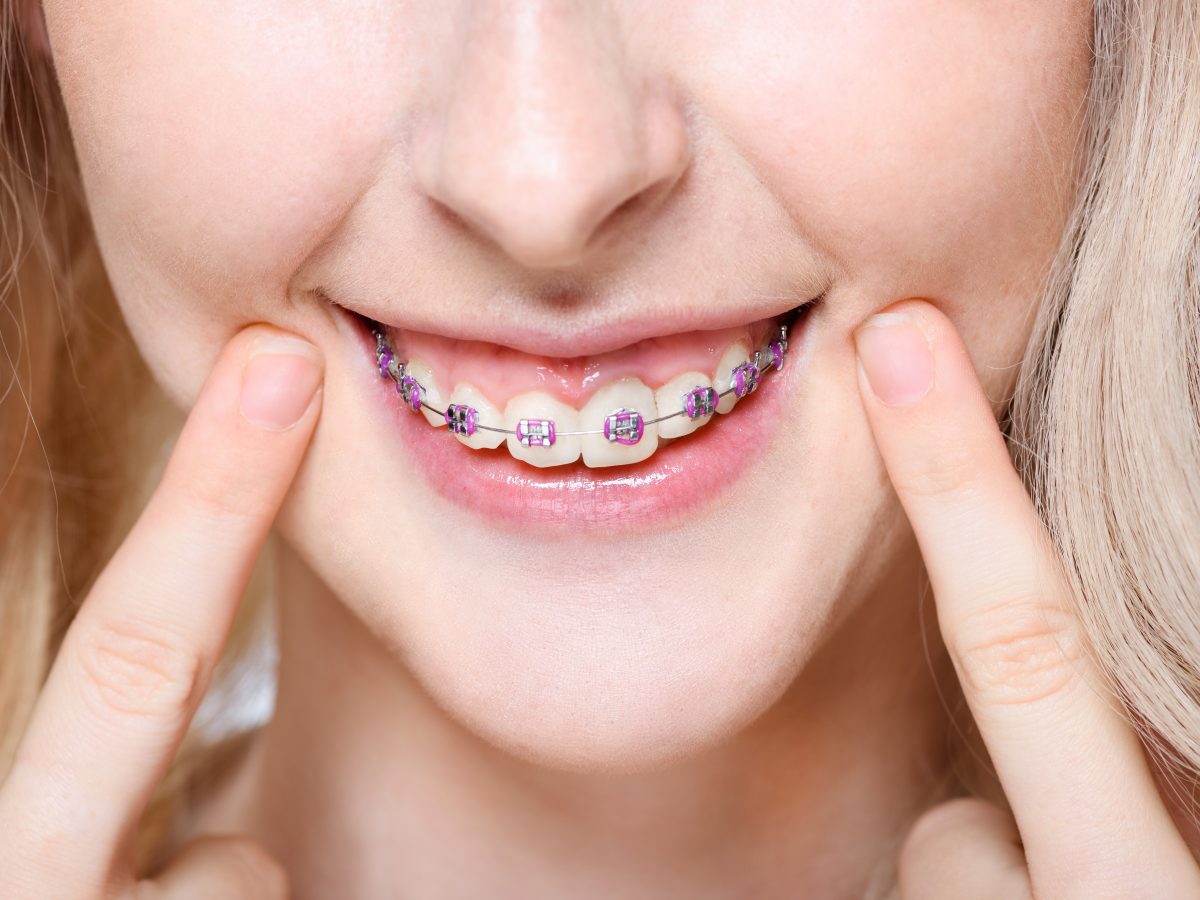Comprehensive Guide to Orthodontics Procedures for Remedying Oral Misalignments
Recognizing the ins and outs of each treatment, including their mechanisms, advantages, and prospective drawbacks, is essential in making educated choices about one's orthodontic treatment. As we browse through the thorough guide to orthodontic treatments for correcting oral misalignments, the detailed information of each technique will certainly unravel, losing light on the path toward a practical and harmonious oral positioning.
Orthodontic Procedures Summary

In addition to clear aligners and typical braces, orthodontists may likewise suggest other interventions like headwear, palatal expanders, or retainers to resolve certain positioning concerns (cumming aligners). These procedures are tailored to each client's unique requirements and may include a mix of treatments to achieve the preferred results. Routine modifications and surveillance are crucial components of orthodontic therapy to guarantee progress is on track and to make any type of needed modifications along the way. By undergoing orthodontic procedures, individuals can not just accomplish a straighter smile yet likewise enhance their overall dental wellness and feature.
Traditional Braces: Exactly How They Function
When thinking about orthodontic therapies for dental imbalances, typical dental braces stick out as a reliable approach for correcting teeth placing. Conventional dental braces contain brackets, cords, and bands that work with each other to apply constant pressure on the teeth, progressively moving them into the desired alignment. The brackets are connected to the teeth utilizing a special adhesive, and the cables are threaded through the brackets. By changing the tension of the cords, orthodontists can control the instructions and force related to each tooth, leading them into appropriate placement over time.
As pressure is used to the teeth through the braces, the bone surrounding the teeth is reshaped to support the new tooth settings. Clients will certainly need routine adjustments at the orthodontist's office to make sure the dental braces continue to use the appropriate stress for effective teeth motion.
Undetectable Aligners: Disadvantages and pros
Invisible aligners offer a very discreet and convenient alternative to typical braces for remedying oral imbalances. These clear, custom-made trays are virtually invisible when used, making them an enticing option for individuals looking for a more aesthetically pleasing orthodontic therapy. Among the main advantages of invisible aligners is their removability, enabling for less complicated maintenance of oral hygiene contrasted to typical dental braces. Individuals can get rid of the aligners prior to eating or brushing their teeth, minimizing the risk of food getting embeded the appliance and streamlining the cleansing process.

Surgical Orthodontic Options
Surgical interventions in orthodontics existing viable alternatives for attending to complicated oral imbalances that may not be effectively fixed through standard orthodontic therapies. While traditional dental braces and invisible aligners can correct several orthodontic concerns, particular cases need surgical treatment to achieve optimum outcomes. Surgical orthodontic options are generally suggested for serious malocclusions, significant jaw inconsistencies, and situations where the underlying bone structure requires adjustment to attain appropriate placement.
One usual surgical orthodontic treatment is orthognathic surgical procedure, which involves repositioning the jaws to correct functional issues such as difficulty talking or eating. This surgical treatment is often performed in collaboration with an orthodontist that assists align the teeth prior to and after the procedure. Surgical orthodontics might additionally involve procedures to reveal influenced teeth, remove excess gum cells, or improve the jawbone to develop a more unified face profile.
Prior to considering surgical orthodontic alternatives, individuals undertake a comprehensive evaluation to identify tooth implant the need and possible benefits of such treatments. aligners. While surgical procedure might appear difficult, it can significantly improve both the feature and aesthetic appeals of the smile in cases where conventional orthodontic therapies fall short
Retainers and Post-Treatment Treatment

Failing to abide with post-treatment treatment guidelines can result in regression, where the teeth gradually move back towards their original settings. Regular retainer wear, excellent oral health, and regular dental exams are essential for preserving the results accomplished with orthodontic surgery and making sure the long-lasting stability of the fixed dental placement.
Verdict
In verdict, orthodontic treatments offer different options for fixing oral misalignments. Surgical orthodontic choices are offered for more extreme misalignments. Overall, orthodontic treatments can effectively boost oral health and visual look.
As we navigate through the comprehensive overview to orthodontic treatments for remedying oral misalignments, the detailed information of each approach will certainly unravel, shedding light on the path towards a functional and unified dental placement. - cumming aligners
One of the most common orthodontic treatments is the use of dental braces, which consist of metal brackets and wires that use gentle stress to gradually shift teeth into the desired placement.When thinking about orthodontic treatments for oral misalignments, standard dental braces stand out as a over at this website reliable technique for remedying teeth placing. Furthermore, invisible aligners may not be suitable for intricate orthodontic problems that need even more significant teeth activity, as they are usually recommended for mild to modest cases. Retainers are customized orthodontic devices designed to hold teeth in their dealt with settings after the conclusion of orthodontic treatment.
Comments on “Professional Cumming Braces and Aligners: What to Know Before You Go to”